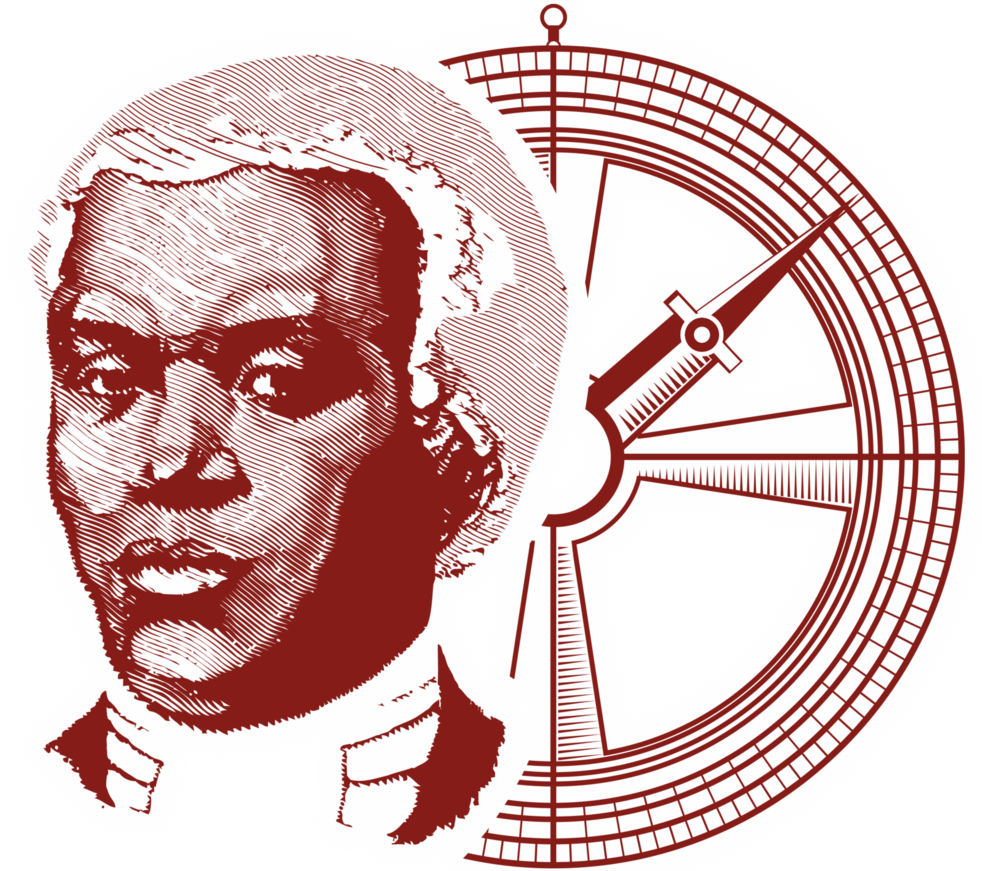 “The hunt for ancestral talent or character that might explain the birth of a genius is usually futile. In the case of Benjamin Banneker, however, it has intriguing aspects that refuse to be ignored,” writes Charles A. Cerami in “Benjamin Banneker: Surveyor, Astronomer, Publisher, Patriot.”
“The hunt for ancestral talent or character that might explain the birth of a genius is usually futile. In the case of Benjamin Banneker, however, it has intriguing aspects that refuse to be ignored,” writes Charles A. Cerami in “Benjamin Banneker: Surveyor, Astronomer, Publisher, Patriot.”
Banneker’s maternal grandmother, Molly Welsh, was originally identified as a White
indentured servant to Quakers in the colony named Maryland. Molly turned to farming at the end of her seven years of indentured servitude. She purchased two male slaves, one whom was named Banne. Scholars say that Banne was his first name and Ka was the family name, hence Banneka.
Banneka’s lineage traces to Mali which is now populated by the Dogon tribe. The Dogon people are known to have superior skills in irrigation and farming. The Dogon tribe’s absorption of the cosmos, numerology and other favorable character traits were innately passed along to Banneka’s descendants, who inherited his teachings, as foreshadowed in the interests of Benjamin Banneker.
After several years of farming, Molly Walsh gave Banneka his papers as a freed man and married him. Banneka and Molly subsequently produced four daughters. Their second eldest daughter, named Mary, was born in the 1700s. When Mary reached maturity, she married a slave named Robert Banneka, who was also legally owned by her mother Molly Walsh. On November 9, 1731, Benjamin Banneker was born to this couple.
Imagine being Black in the 1700s and becoming a self-taught surveyor who played a pivotal role in planning the architectural blueprint for our nation’s capitol. In 1753, at the age of 22, Banneker constructed a striking wooden clock without ever having previously seen a clock before (although he had examined a pocket watch). He painstakingly carved the toothed wheels and gears of the clock out of seasoned wood. The clock operated successfully until the time of his death.
In 1791 alone, Benjamin Banneker completed the survey of Washington, DC, published his first almanac and confronted one of the nation’s founders, Thomas Jefferson, and his racist doctrine of Black inferiority.
As a free Black man who owned a farm near Baltimore, Benjamin Banneker was largely self-educated in astronomy and mathematics. He was later called upon to assist in surveying the territory for the construction of the nation's capitol. As a self-empowered person, he also became an active writer of almanacs and exchanged letters with Thomas Jefferson, politely challenged him to do what he could to ensure racial equality.
Banneker's accomplishments extended into other realms as well, including the arena of civil rights. In 1791, Jefferson was Secretary of State and Banneker, considered the respected Virginian, though a slaveholder, to also be open to view African Americans as human sentients. Thus, he wrote Jefferson, hoping that he would “readily embrace every opportunity to eradicate that train of absurd and false ideas and opinions which so generally prevail with respect to us." To further support his point, Banneker included a handwritten manuscript of an almanac for 1792, containing his astronomical calculations.
My guest on this program, Charles A. Cerami, former editor of the Kiplinger Washington Publications and author of Benjamin Banneker, explains that there was a lot more to Banneker than what is written in the history books.

